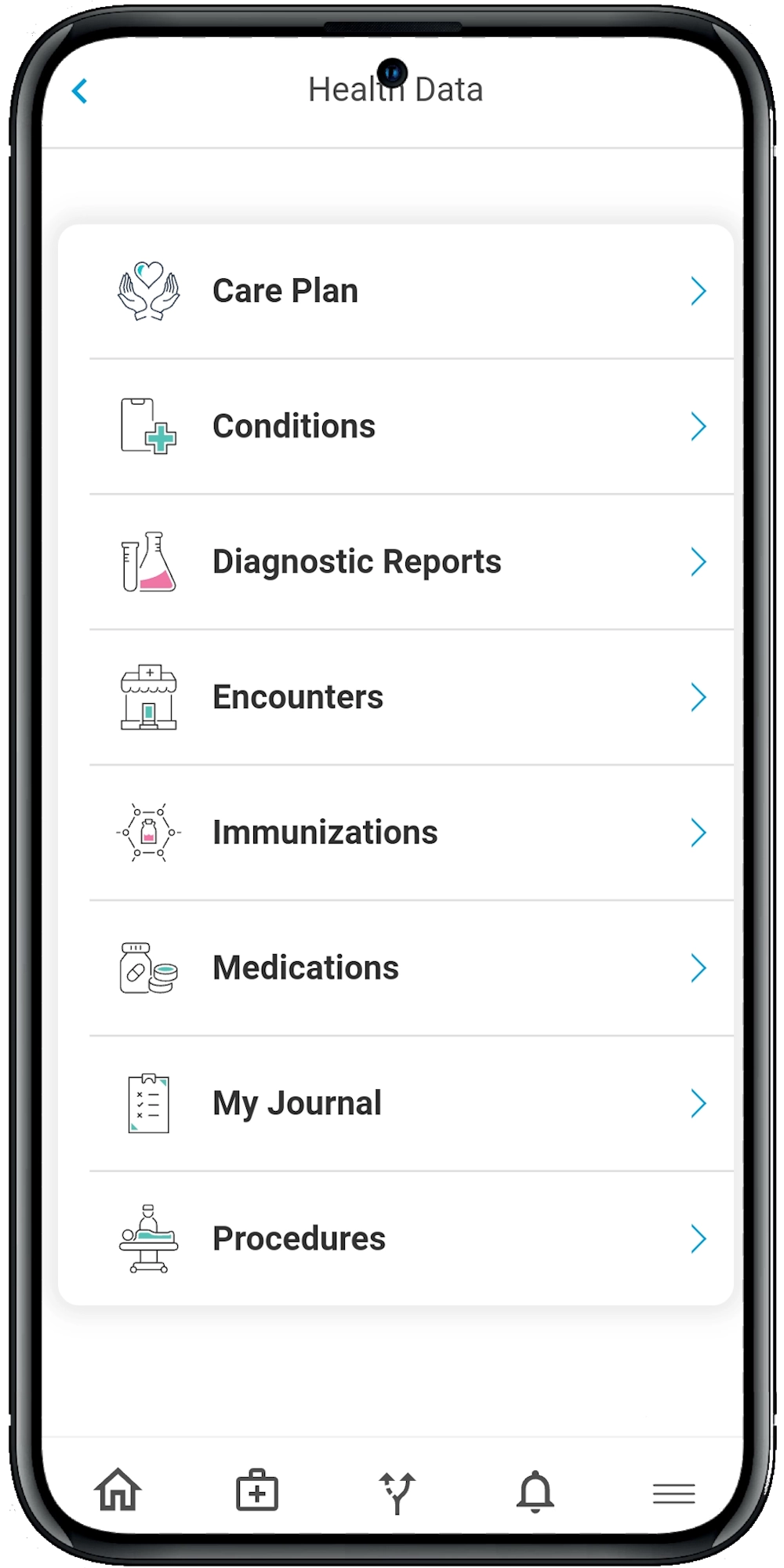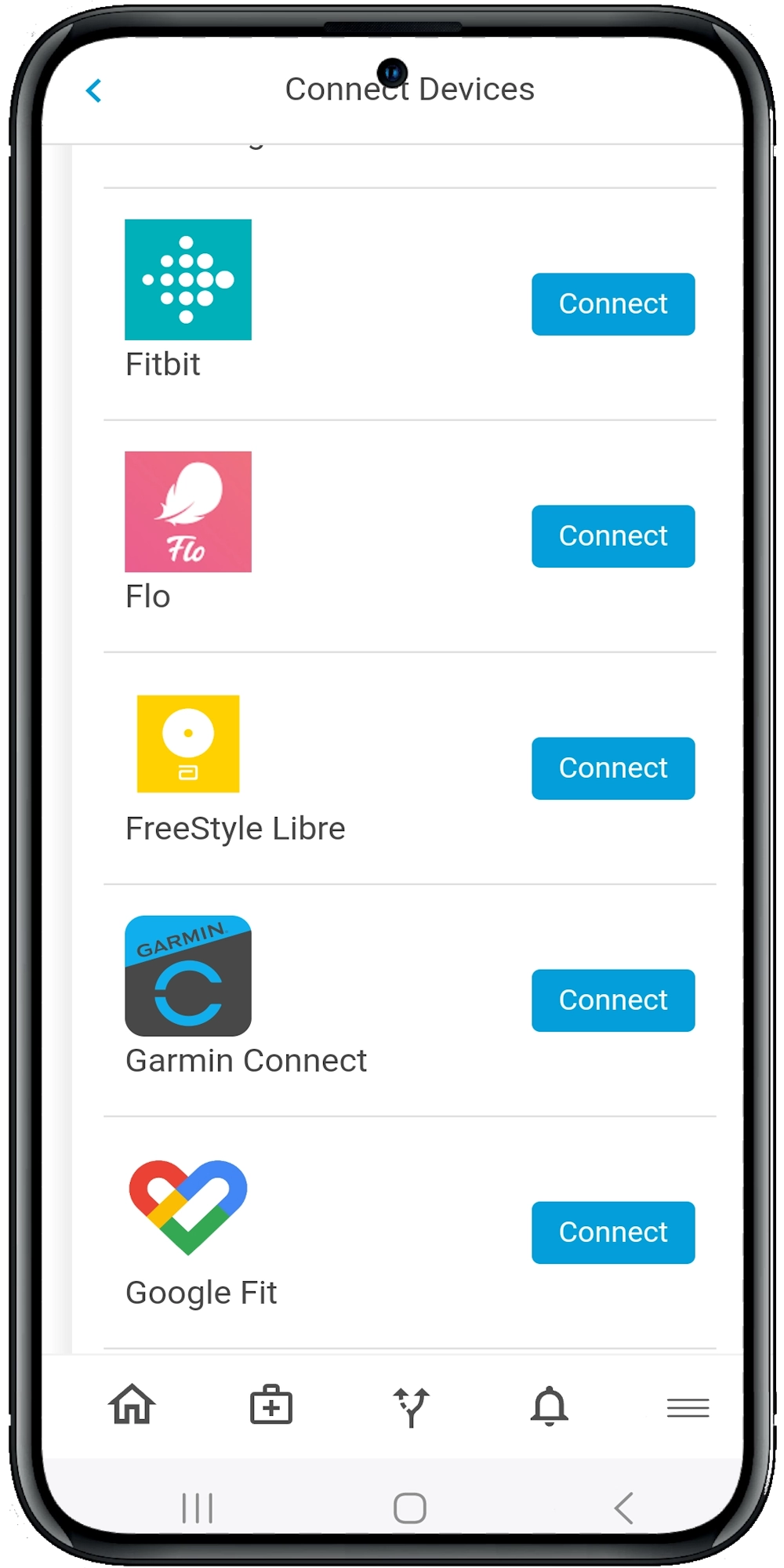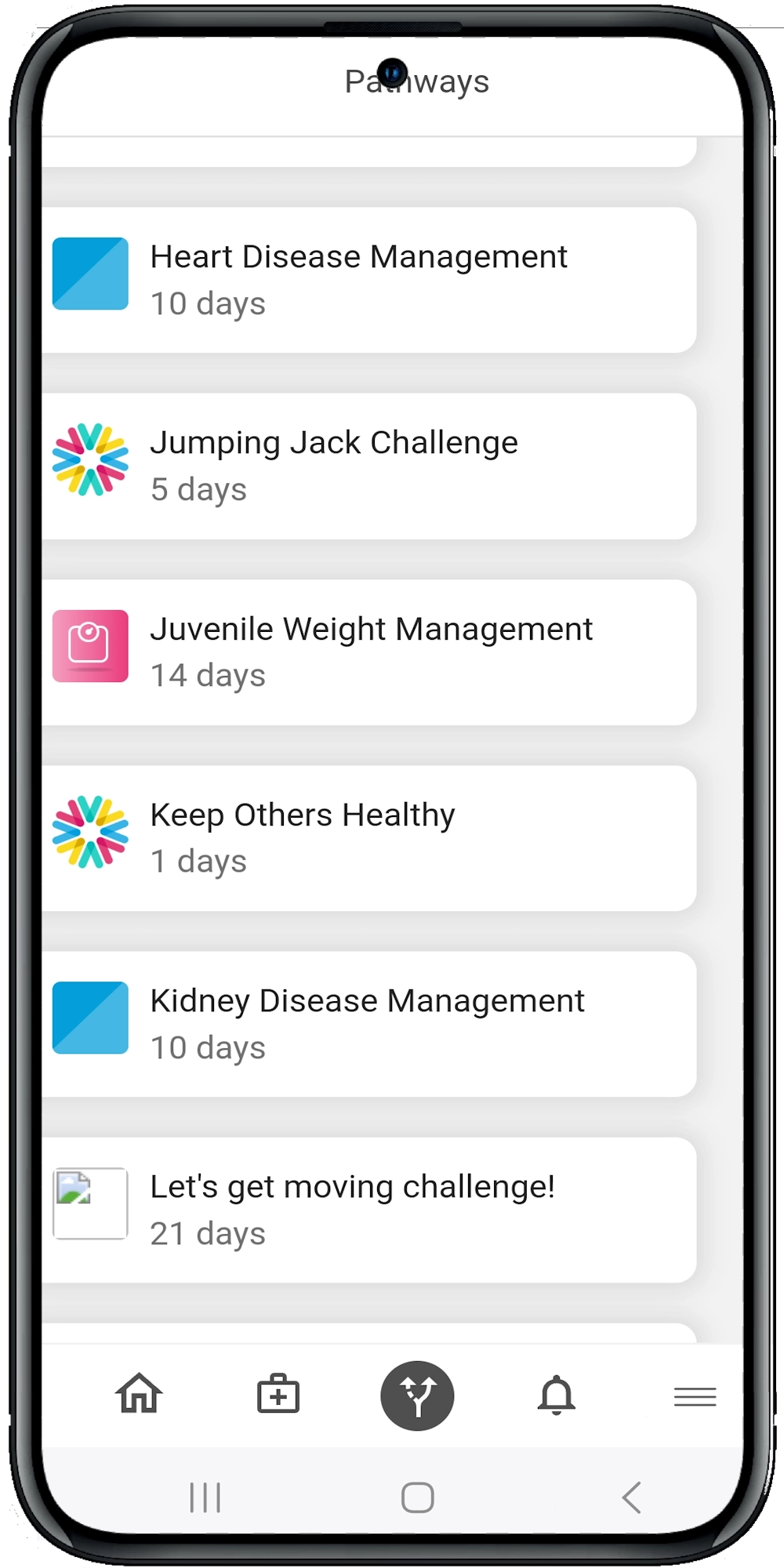The Impact of Blockchain on Direct Primary Care Data Security
In today’s digital age, data security has become a critical concern for healthcare professionals, especially those involved in Direct Primary Care (DPC) practices. As patient data increasingly moves online, the need for robust security measures is paramount. Enter blockchain technology—a revolutionary tool that promises to enhance data security in DPC practices. But how exactly does blockchain impact DPC data security? Let’s dive in and explore.
What is Blockchain?
Before we delve into its impact, let’s clarify what blockchain is. Imagine a digital ledger that records transactions across many computers so that the record cannot be altered retroactively. This is the essence of blockchain. Each “block” of data is linked to the previous one, forming a “chain” that is tamper-proof and transparent. Blockchain is decentralized, meaning no single entity controls the entire chain, making it exceptionally secure.
Why Blockchain Matters in DPC
Direct Primary Care is all about fostering a direct relationship between patients and healthcare providers, bypassing third-party payers. This model offers numerous benefits, including improved patient satisfaction and reduced administrative burdens. However, with these benefits come challenges—especially in data security.
Enhanced Data Integrity
One of the most significant advantages of blockchain is its ability to ensure data integrity. In traditional databases, data can be altered or deleted, either accidentally or maliciously. Blockchain, however, creates an immutable record. Once data is entered into the blockchain, it cannot be changed. This ensures that patient records remain accurate and trustworthy over time.
Improved Transparency
Transparency is another critical benefit. Blockchain allows for real-time tracking of data access and modifications. Every change is recorded and visible to authorized parties, making it easier to track who accessed or altered patient data. This level of transparency can significantly reduce the risk of data breaches and unauthorized access.
Decentralized Control
In traditional data storage systems, a single point of failure can compromise the entire system. Blockchain’s decentralized nature eliminates this risk. Since the data is distributed across multiple nodes, a breach in one node does not affect the others. This makes it incredibly difficult for hackers to compromise the entire system.
Practical Applications in DPC
So, how can blockchain be practically applied in DPC settings? Here are a few ways:
Secure Patient Records
Imagine a world where patient records are stored on a blockchain. Each time a patient visits a DPC provider, their visit is recorded as a new block. This ensures that the patient’s medical history is comprehensive and cannot be tampered with. Both patients and providers can access these records, knowing they are accurate and secure.
Streamlined Billing and Payments
Blockchain can also streamline billing and payments in DPC practices. By using smart contracts—self-executing contracts with the terms directly written into code—transactions can be automated and secured. This can reduce administrative burdens and ensure that payments are processed quickly and accurately.
Enhanced Data Sharing
Data sharing between healthcare providers is often fraught with challenges, including security concerns. Blockchain can facilitate secure data sharing by ensuring that only authorized parties can access the data. This can be particularly beneficial in DPC settings, where providers may need to collaborate with specialists or other healthcare professionals.
Addressing Concerns
While blockchain offers numerous benefits, it’s essential to address some common concerns.
Scalability
One of the primary concerns with blockchain is scalability. As the number of transactions increases, the blockchain can become slower and less efficient. However, ongoing advancements in blockchain technology are addressing these issues, making it more scalable for healthcare applications.
Cost
Implementing blockchain technology can be costly. However, the long-term benefits, including enhanced security and reduced administrative burdens, can outweigh the initial investment. Moreover, as the technology becomes more widespread, costs are likely to decrease.
Regulatory Compliance
Healthcare is a heavily regulated industry, and any new technology must comply with existing regulations. Blockchain is no exception. However, its inherent security features can help healthcare providers meet regulatory requirements, such as those outlined in the Health Insurance Portability and Accountability Act (HIPAA).
Future Prospects
The future of blockchain in DPC looks promising. As technology continues to evolve, we can expect to see even more innovative applications that enhance data security and improve patient care. For instance, blockchain could be used to create a universal patient identifier, simplifying the process of accessing medical records across different healthcare providers.
Summary
Blockchain technology holds immense potential for enhancing data security in Direct Primary Care practices. By ensuring data integrity, improving transparency, and offering decentralized control, blockchain can address many of the security challenges faced by DPC providers. As we continue to explore its applications, the future of DPC looks brighter and more secure.
Ready to explore more about how digital health solutions can benefit your practice? Check out our other resources or schedule a demo to see our platform in action.




